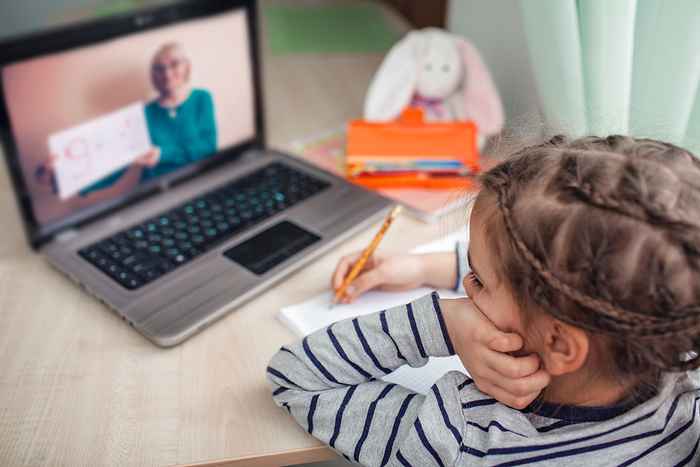Closing schools increases educational inequality
15 May 2020

Sociologist Thijs Bol conducted a survey of the effects from the school closure among some 800 Dutch parents and their 1,300 children in primary or secondary education. What services did schools offer to them, how did the parents themselves support their children's homework and were there material differences between families? As Bol concludes, the school closure and home education have reduced equal opportunities in education.
Different levels of assistance in primary education
A very large majority of parents in both primary and secondary education set great store by the continued completion of homework by their children. The willingness or ability of parents to offer assistance does differ significantly, however, such as in primary education. Parents with a university education more often assist their children in primary education with homework than parents with lower education:
- while 70% of university-trained parents claim to help often or very often, 50% of parents with low education do so;
- the percentage who feel confident in their ability to assist their child is 80% among university-trained parents as opposed to 63% among parents who completed secondary school at best.
Greater difference in levels of assistance in secondary education
Although Bol discovered a similar pattern among parents of secondary school pupils, there was a larger divide, especially in assessing their own assistance. Parents with a university education consider themselves to be much more capable of helping their children in secondary education than parents who completed secondary school at best, particularly if their children are in university preparatory education:
- the percentage who feel able to assist their children is 75% among university-trained parents as opposed to 40% among parents who completed secondary school at best;
- this percentage is only 30% among parents who completed secondary school at best and who have children in university preparatory education.
At the same time, this research shows that children from parents with lower education are in touch with their teachers more often on average, that their homework is corrected more frequently, and that schools communicate clearly with their parents.
Different range of curricula and digital classes
Schools vary in their provision of education during the closure:
- according to parents, secondary education more often offers structured curricula and digital classes than primary education;
- the percentage who consider a tablet or computer necessary is 95% for parents of secondary school pupils as opposed to 66% for parents of primary school pupils.
However, large differences in the range on offer between levels of education emerge from the research:
- the percentage who state that there are digital classes is 65% of parents with a child in preparatory secondary vocational education as opposed to 85% of parents with a child in university preparatory education;
- according to parents, the homework of children in university preparatory education is corrected much more frequently than the homework of children in preparatory secondary vocational education.
Material issues for poor families in particular
Most children have sufficient material resources to complete their homework, but 6% of the parents with children in secondary education state that they do not have a personal laptop or tablet required for them. These children mainly come from families who report a lack of funds. In other words, Bol claims that poverty causes a lack of material resources to support children in their homework.
While the number of children with a personal laptop or tablet is much lower in primary than in secondary education, parents indicate that this resource is far less common as a requirement for doing homework.
Differences between boys and girls
Finally, Bol finds it remarkable that the school closure poses the greatest problems to boys in secondary education. Their parents suspect more boys of enjoying homework less, are less able to assist and consequently do so less often. These differences are smaller in primary education.
The research was co-funded by ODISSEI (Open Data Infrastructure for Social Science and Economic Innovations).